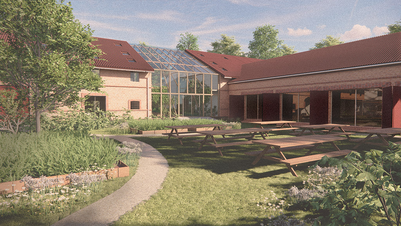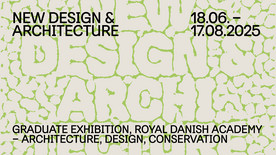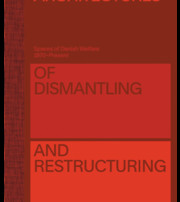
Political Architecture: The Ontological Question
What does it mean to say that architecture is political, that there is a political side to it? A humdrum opinion, often put forward without much controversy or hesitation, offers that architecture shapes human life, that it gives form to society, that it oppresses and emancipates, so how could it be anything but political?

The industry’s heavy CO2 footprint is as undeniably political as is the gendered spaces it creates, the educational curriculums on offer and the competitive structure of the profession.
This theoretical project approaches the question of political architecture from a pragmatist point of view. The aim is not to respond in any conclusive way to what political architecture is or how it differs from other architectural attributions. The question of what is the political side of architecture is rather answered here by mapping different relations between applied architectural tactics for planned impact and their political and philosophical justifications.













